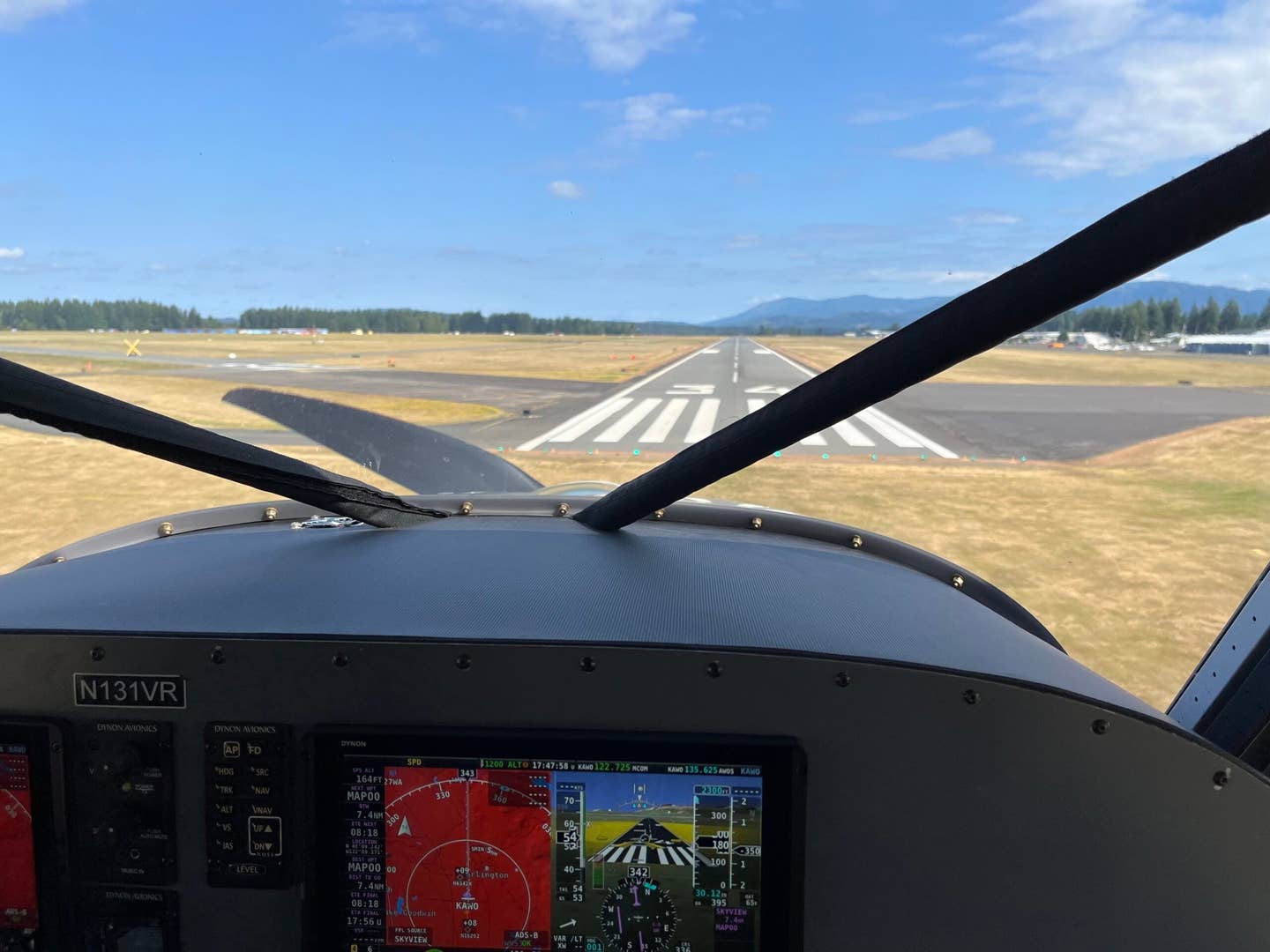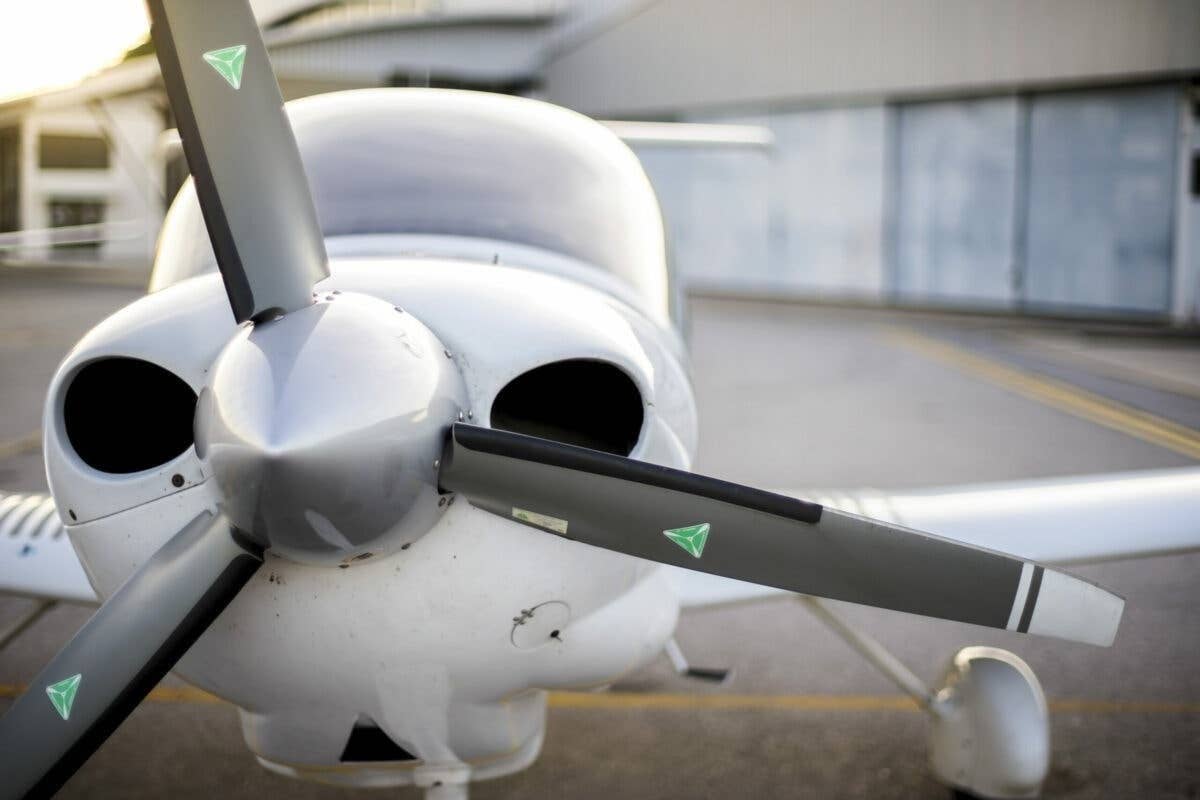
Mark Phelps
Some people are naturally well organized and others — just aren't. I place myself mostly in the 'aren't' category, and over the years, I've adjusted my flying style to accommodate that element of my personal style. In the late 1980s, my friend and former colleague at Flying Eric Weiner (now the author of a bestseller The Geography of Bliss) wrote an article titled, "The Perfect Flight." He outlined his own dearth of basic organizational skills and how he compensated as a pilot. As Eric eloquently showed, it can be done. And just as safely, if not necessarily as efficiently, as that other kind of pilot. You simply have to have some basic rules to fly by that are somewhat different from those of better organized thinkers. And as Clint Eastwood said, you need to know [and respect] your limitations.
I set some boundaries on what I will and will not take on based on my how recently I've flown in the system or in real weather. For example, even if I'm legally current for IFR flight, I won't launch on a complex flight if I haven't been in the system for a while. There are just too many nuances of aviating, navigating and communicating that can get stale after too much time has elapsed. So I'll be sure to plan for some recurrent training, a light-weather flight or both before one of my important trips.
I also rely heavily on checklists, not only in the cockpit, but also in my preflight planning process. I have check-off lists of chores I want to perform two weeks before a major trip (current charts, software and database updates for my portables, etc), a few days out and then the night before the Big Day, itself.
I do find that my anxiety tends to diminish significantly once I settle into the familiar left seat of my Bonanza. With pencil in hand, my personal flight-planning form updated and at my side, and all my IFR charts layered in order on a separate clipboard, I take a deep breath and prepare to take the next step. Part of my comfort level comes from the long list of alternative plans I have in my hip pocket — some written down or programmed into the GPS, and others catalogued in my mental filing cabinet. I always want at least three 'outs' from what the flight plan calls for just in case the plan goes awry.
And that last element is one in which I feel I might have an edge based on the way my mind works. Maybe the flip side of a brain that is less inclined to have all the steps clearly aligned is the flexibility to move on to Plan B perhaps more readily — and even formulate Plan Z should something way out of the box happen.
Call to action: If you have any tips of your own you'd like to share, or have any questions about flying technique you'd like answered, send me a note at enewsletter@flyingmagazine.com. We'd love to hear from you.

Sign-up for newsletters & special offers!
Get the latest FLYING stories & special offers delivered directly to your inbox





![[PILOT AND SNELLEN CHART PIC]](https://www.flyingmag.com/uploads/2022/11/2022-FlyingMag.com-Native-Advertising-Main-Image--scaled.jpeg?auto=webp&auto=webp&optimize=high&quality=70&width=1440)
